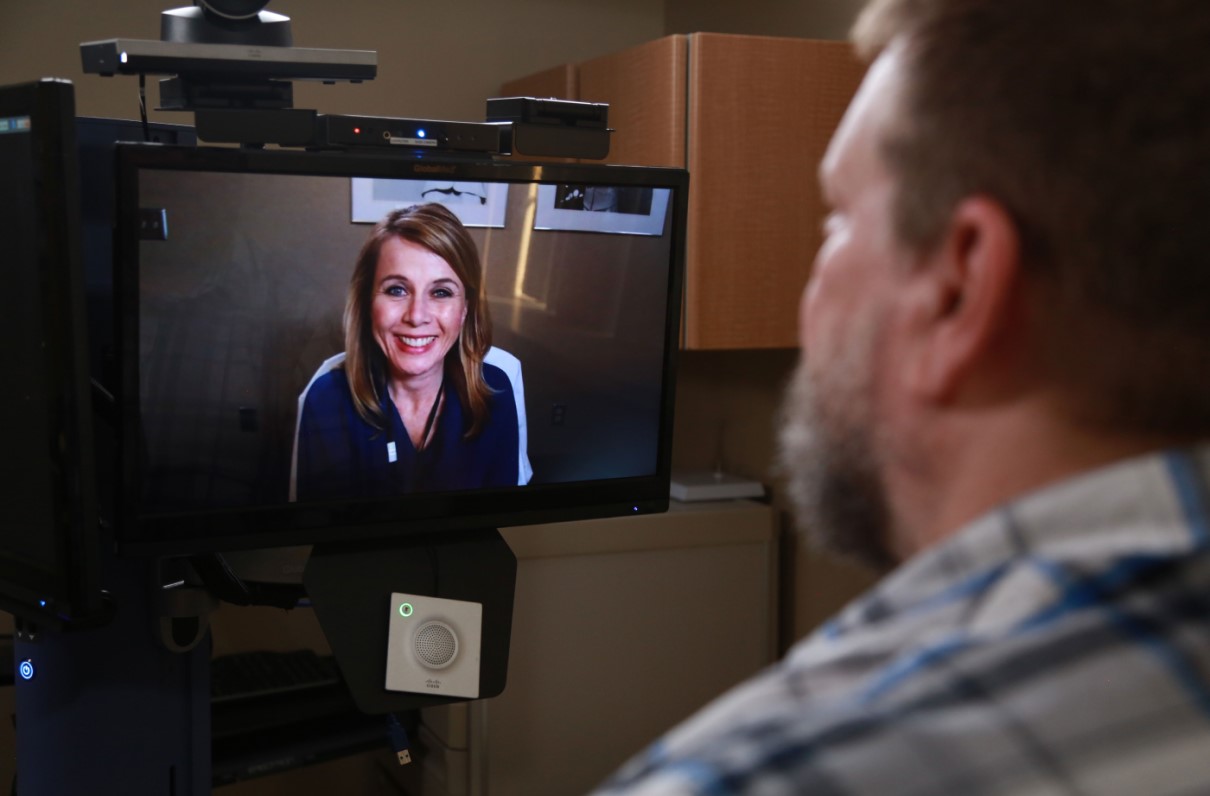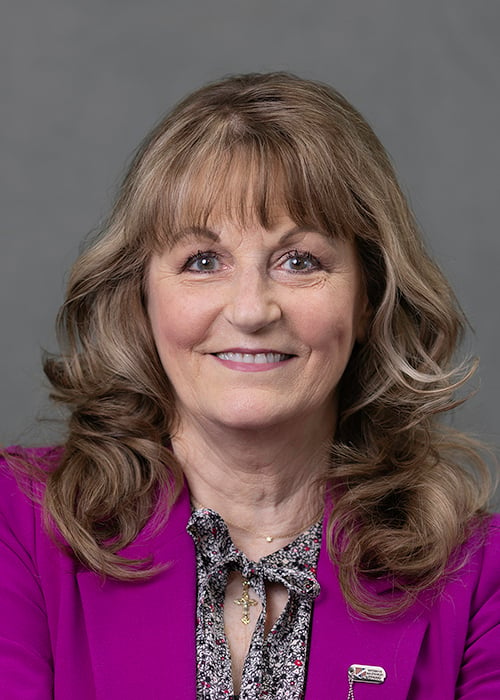Note: MOAA is collecting member feedback on VA telehealth services. See below for details.
COVID-19 stressed the VA in ways unimaginable a few months ago, causing it and other health systems across the country to pivot rapidly toward delivering virtual services — a move likely to change the trajectory of how health care will be delivered forever.
Two subcommittees under the House Committee on Veterans’ Affairs held a joint hearing June 23 to examine VA’s expansion of telehealth during the COVID-19 pandemic and its impact on veterans’ health. Officials told lawmakers that increasing the department’s telehealth output by 1,000% put significant strain on the system and staff, especially the IT help desk.
The VA quadrupled the number of people working on these technology issues before reaching “the other side of these challenges,” a VA official said.
VA went from delivering on average about 10,000 VA Video Connect appointments a week prior to the pandemic to approximately 120,000 in May. VA has delivered over 9 million more telehealth appointments across its platforms in 2020 compared with this time last year; staffers have done so by rapidly converting hundreds of thousands of in-person medical appointments a week to telehealth by video or by telephone consults.
[RELATED: More Health Care News From MOAA]
The department also has beefed up its outreach efforts to remain connected with veterans and guide them to the services they need. Telehealth extends the provider-veteran relationship by allowing veterans to continue their care where they are, whether they are in need of routine medical care, mental health services, medication management, or a compensation and pension exam to support a disability claim.
In May, MOAA reported some of the challenges and experiences of our members and veterans during the pandemic. Like many Americans, these include the additional stressors of isolation, anxiety, and financial insecurity.
In the first six months of this year, VA has provided more than 1.1 million tele-mental health visits, transitioning about 80% of its behavioral health care to virtual appointments. Even veterans in rural areas, or those who are socially isolated, can connect with VA medical facility care teams for help.
[RELATED: VA Plans Expansion of Women’s Health Transition Training]
VA is using stimulus relief funding from the CARES Act signed into law on March 27 to further expand its existing telehealth infrastructure capabilities. Congress set aside $2.2 billion for VA to enhance its technology platforms so it can increase broadband access and provided veterans with webcams, tablets, headsets, and other equipment to connect to veterans in their homes.
While veterans’ groups praised VA for their expanded outreach to connect with veterans virtually, representatives told lawmakers special attention must be paid to veterans who are unable to use the technology because of their age, disability, or lack of resources. Veterans who are elderly, have cognitive or physical impairments, are victims of violence, or are homeless are less likely to benefit from this expanded outreach.
Additional disadvantages and vulnerabilities exist for those in highly rural or underserved communities like American Indian and Alaska Native veterans who don’t have equitable access to telehealth services because of low rates of broadband access where they live.
[LATEST NEWS AND GUIDANCE: MOAA.org/Coronavirus]
VA recognizes these challenges and will continue to work to improve telehealth services throughout the pandemic. In fact, the department plans to accelerate its efforts to incorporate more telehealth into its delivery system — not as a replacement for in-person care, but as another option for veterans to access quality health care whether that care is delivered at a VA medical facility or in the community through its provider network.
Providers and staff at my VA medical center struggled in the early months of the pandemic to communicate with me and other veterans, and with setting up telehealth appointments to continue our care. But I found a recent telephonic medical appointment with my VA provider to be much more thorough and not as rushed as many of my in-person visits have been at the medical center; she took more time with me and was genuinely concerned about my health and well-being. The experience was wonderful, and I look forward to a video appointment at my next visit.
Tell MOAA Your Telehealth Story
If you have used or are using VA telehealth services, MOAA wants to hear about your experiences. Send your comments to msc@moaa.org and let us know:
- What was the scheduling process like?
- Did you have any issues accessing telehealth services the day of your appointment?
- Did you get the follow-on care you expected after the appointment?
- What worked well, and how could VA have improved your telehealth appointment experience?
Support The MOAA Foundation
Donate to help address emerging needs among currently serving and former uniformed servicemembers, retirees, and their families.

